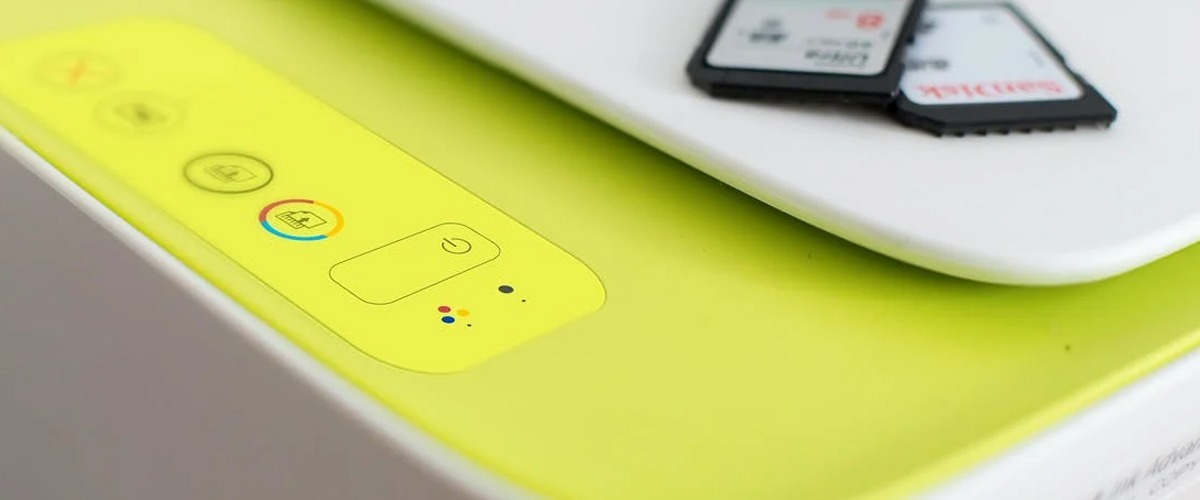Thinking of how your leaflet should be printed is an important aspect of planning a distribution campaign. What size the flyer will be and what weight are all points to consider.
A5 and A6 flyers tend to be the most common for leaflet distribution as they do not need to be folded to be pushed through a common letterbox. A4 flyers are used regular too as they can give a lot of information and have large impactful images. They may however lose some quality during the process of folding them to push them though a letterbox.
The weight of the flyer should be considered also. This is usually measured in grams per square meter (gsm). A common A4 piece of paper is usually between 90gsm and 110gsm. The usual A5 flyer is around 135gsm, which makes it thicker than a normal piece or paper, giving it a more luxurious feel to what people are used to. If you wanted to increase this to 170gsm then it would be thicker again and feel even better quality. You should increase the gsm depending on the size of the flyer.
If you are using an A6 or A5 flyer, we would recommend between 130gsm and 170gsm. This will give your flyer a good quality feel as well as make it sturdy enough for the deliverers. If increasing your flyer to A4, then you should increase the weight to between 170gsm and 250gsm, anything less would make the flyer curl over as the resident is reading it.
You should have a full colour print if you want to have an impactful campaign and encourage response from residents. Black and white flyers are proven to have less of an impact than full colour leaflets.
The finish you use on your flyer should be considered, when processing the print. You have multiple options such as matt finish, gloss finish, high gloss finish, uncoated etc. The choice you make regarding the finish should work along with the design of your flyer.
A matt finish suits a design with a lot of writing as there is no shine to the flyer when under a light, making it much easier to read.
A gloss finish would be better for flyers with intricate designs and more visuals. This flyer finish is guaranteed to make your products look their best.
A high gloss finish is perfect for flyers that place high emphasis on the visuals. Due to its high shine, however, it can be quite difficult to read text under bright lights. Choose this finish, if you’re going for an out-of-the-box flyer design that doesn’t include long text explanations.
An uncoated finish is perfect for flyers that often get written on. For example, as a salesperson sometimes you might want to write down your contact details so that customers can reach you. It is also good for flyers, which include a printed contest or raffle form.
Taking this into consideration, you should have the perfect material for what you wish to gain from your campaign.

